Share
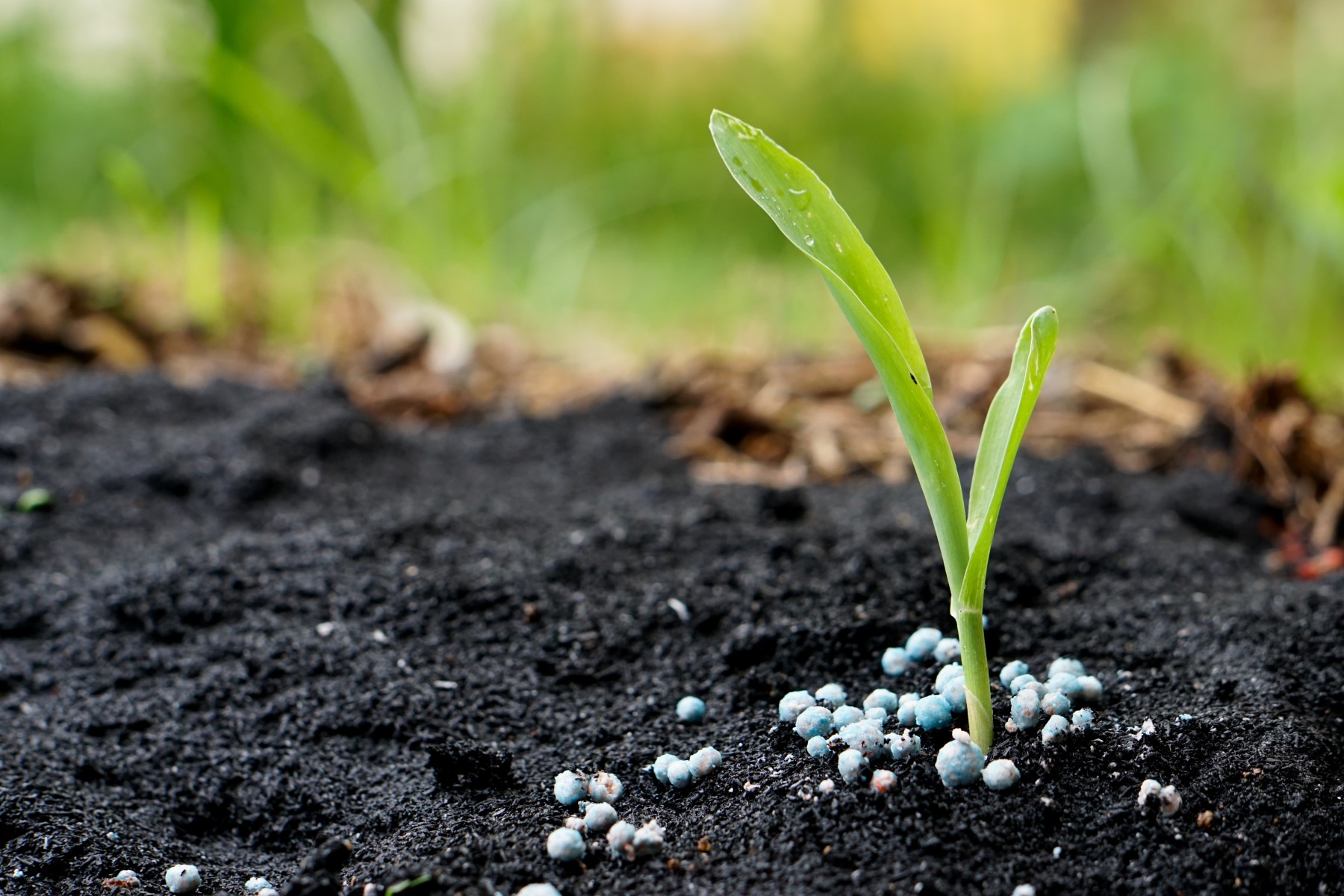
Feed Your Soil
If you know anything about organic gardening, you’ve heard the phrase ‘feed your soil’. Healthy gardening is like healthy living- it’s hard work. Just like we need healthy foods to keep us going, our garden needs to be fed a healthy diet to thrive. When you hear “feed your soil” it may seem straight forward, “just fertilize right?” but there are many ways to incorporate healthy practices into fertilizing and feeding your garden!
In truth, feeding your soil properly is at the heart of organic gardening. It goes beyond the temporary application of the major nutrients (Nitrogen, Phosphorous, and Potassium) and the judicious use of essential micronutrients (Zinc, Manganese, Iron, Copper, etc.). Feeding your soil means not only returning these elements but also improving the texture so that it breathes properly, and is better able to retain moisture and more suitable for the microbes that are essential to making nutrients available to plants.
While the interactions of soil, plants, and nutrients are can be complex, feeding your soil is not. Here are some tips we’ve gathered to help you ‘feed your soil’!
- G&B Soil Building Conditioner works great in Spring to help retain moisture
- Avoid compacting or flooding your soil to help foster healthy microbial populations
- Mulching your fall leaves and spreading the mulch around your garden and lawn adds valuable organic matter to your lawn and soil
- G&B Organics All Purpose Fertilizer is great for the fall because it is specifically formulated to promote strong root growth. The high potassium level is prefect for winterizing your lawn and its beneficial soil microbes and mycorrhizae greatly increase the breakdown of leaves and thatch.
- Leave your grass clippings in your lawn, they will return vital nutrients back to your lawn and you won’t have to bag lawn clippings!
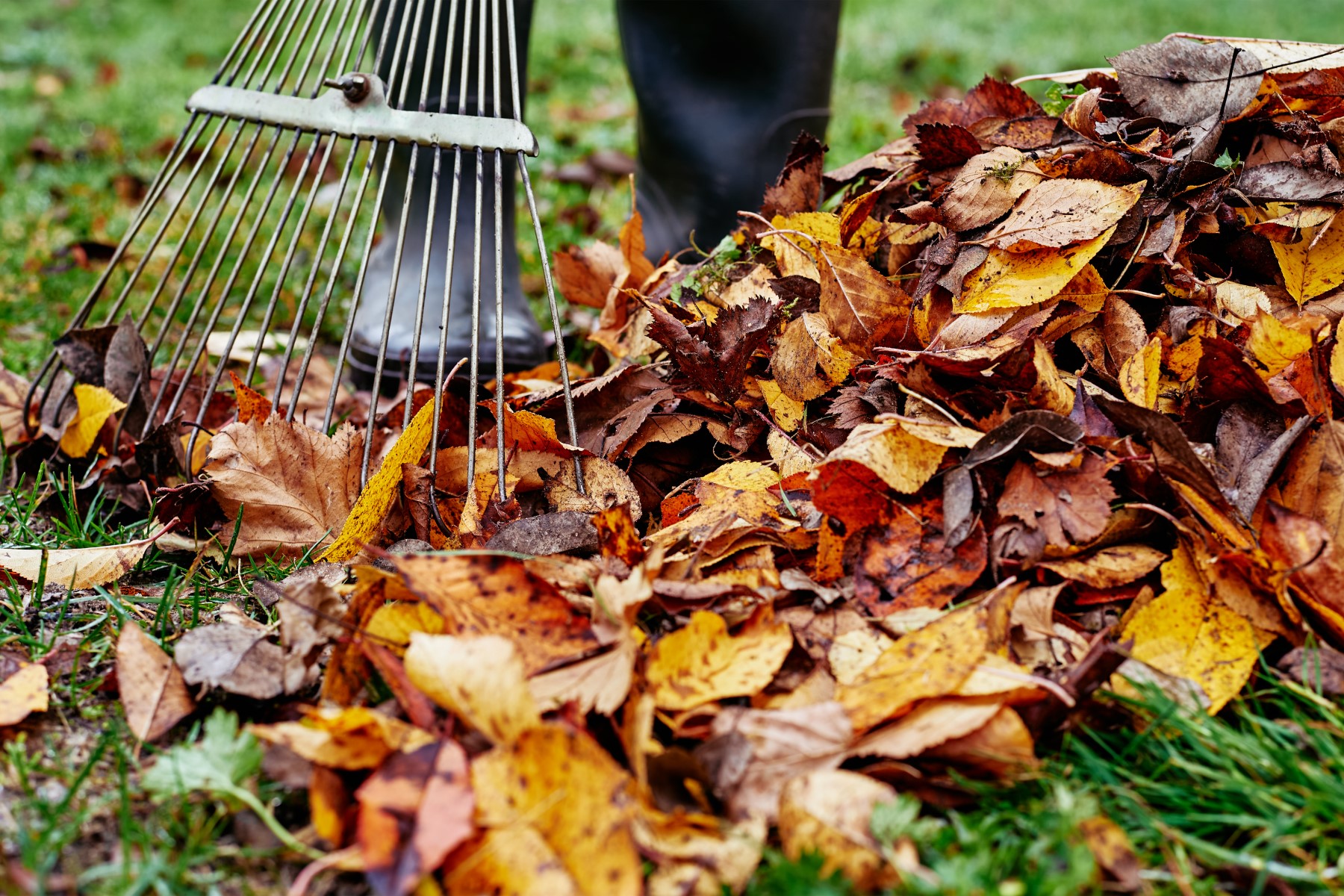
So next time you hear someone tell you to ‘feed your soil’, you’ll know what to do to keep your plants healthy and productive.
Share
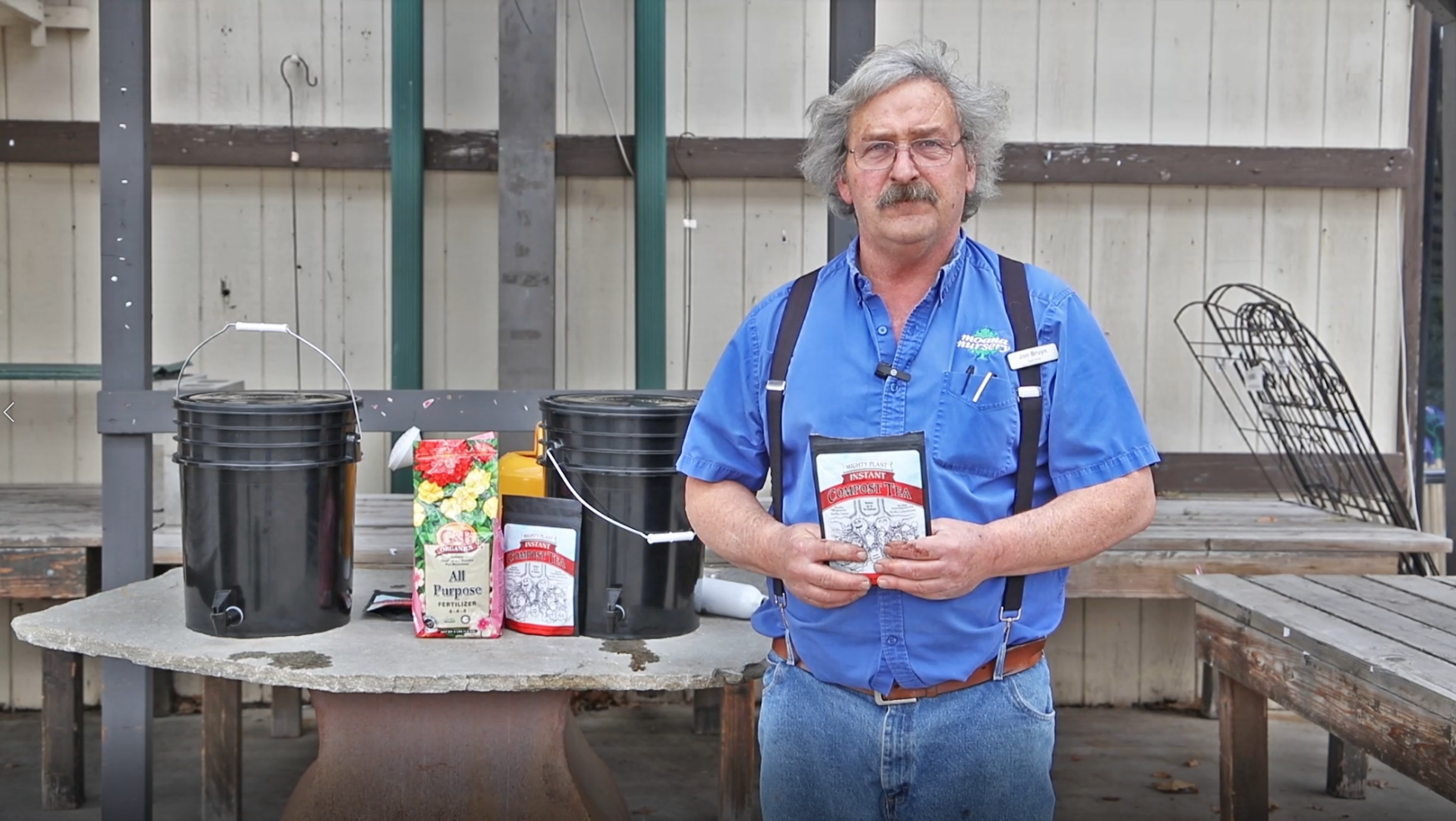
Instant Compost Tea is a game-changer for gardeners looking for an easy and effective way to boost the health of their plants and soil.
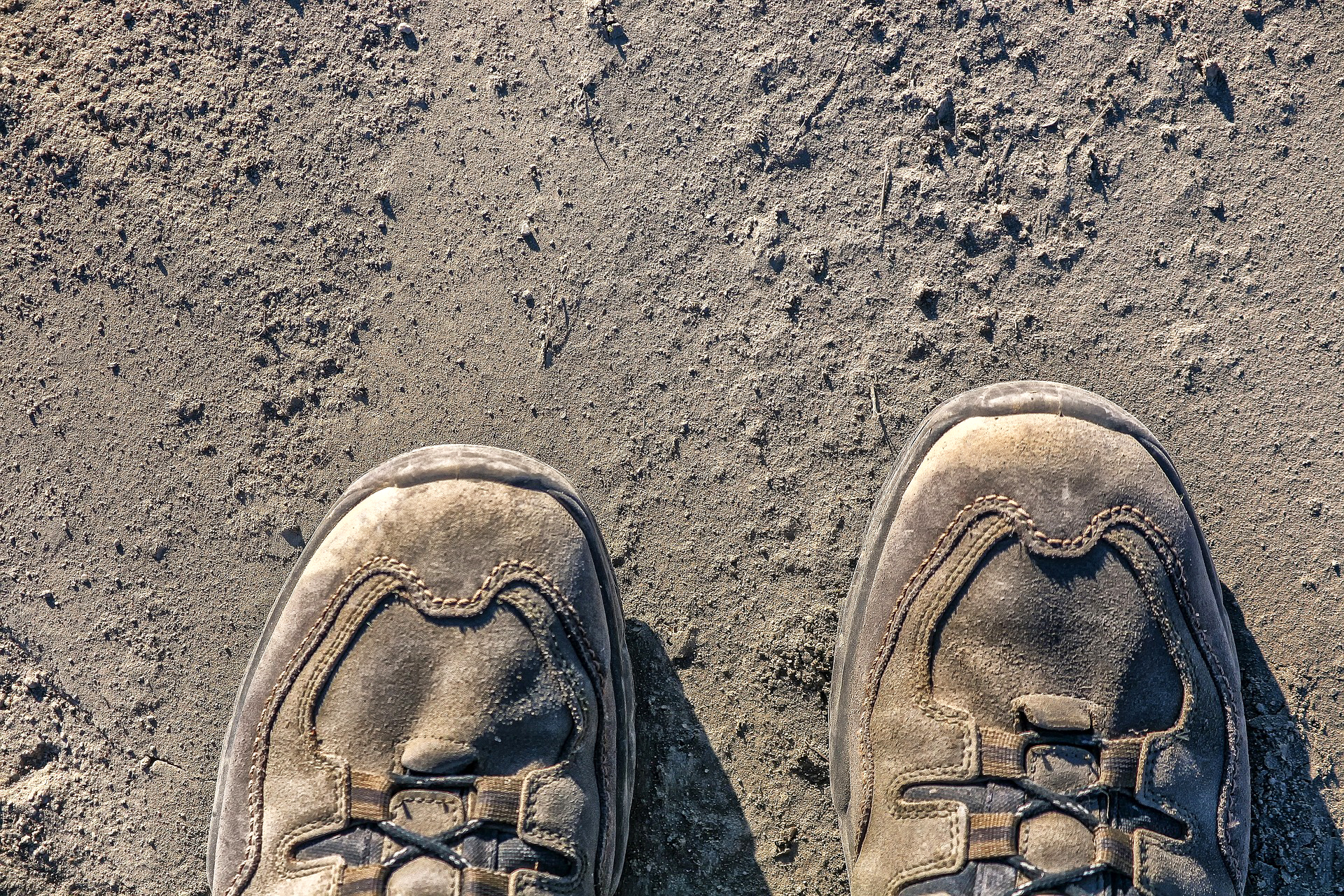
Some of the most rich and diverse habitats on the planet can only exist thanks to deserts. The secret? Desert dust!
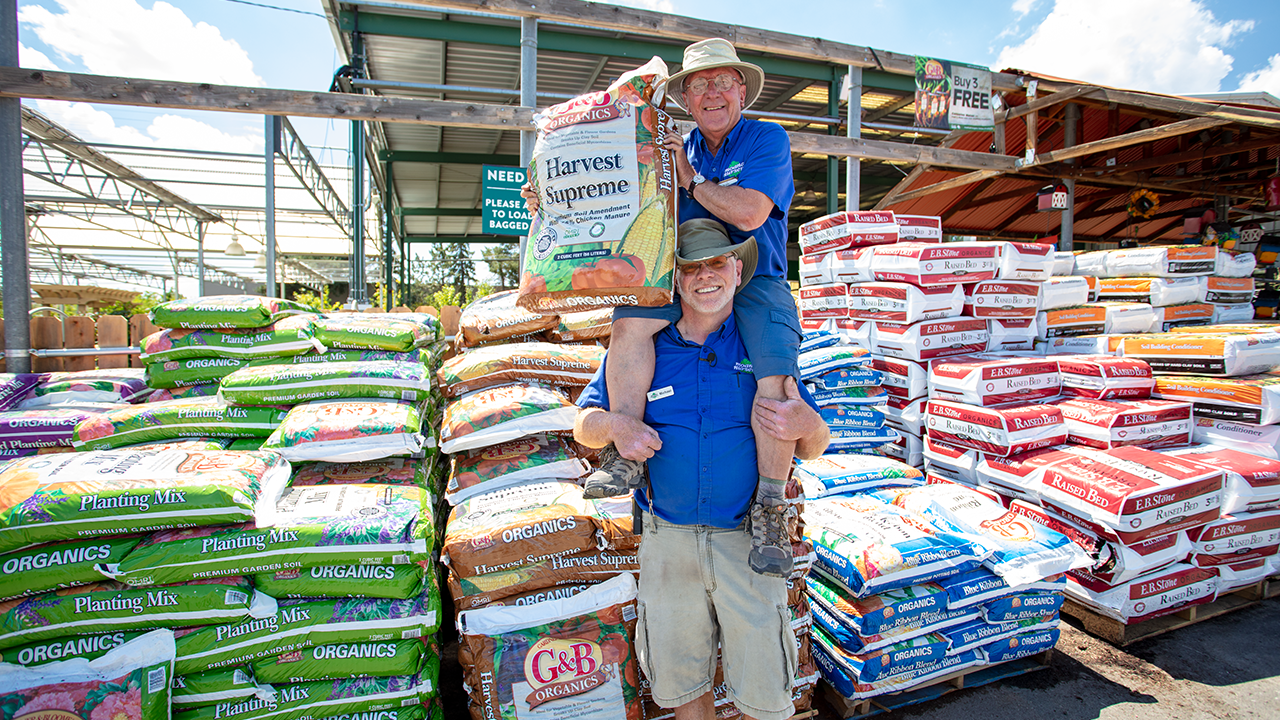
In casual conversation dirt and soil are often used interchangeably, but when it comes to gardening they’re worlds apart! Both come from the ground though, right? What’s the difference?
Making water-saving choices in your garden can be both economically and environmentally beneficial. Learn how to create a more drought-tolerant lawn.

